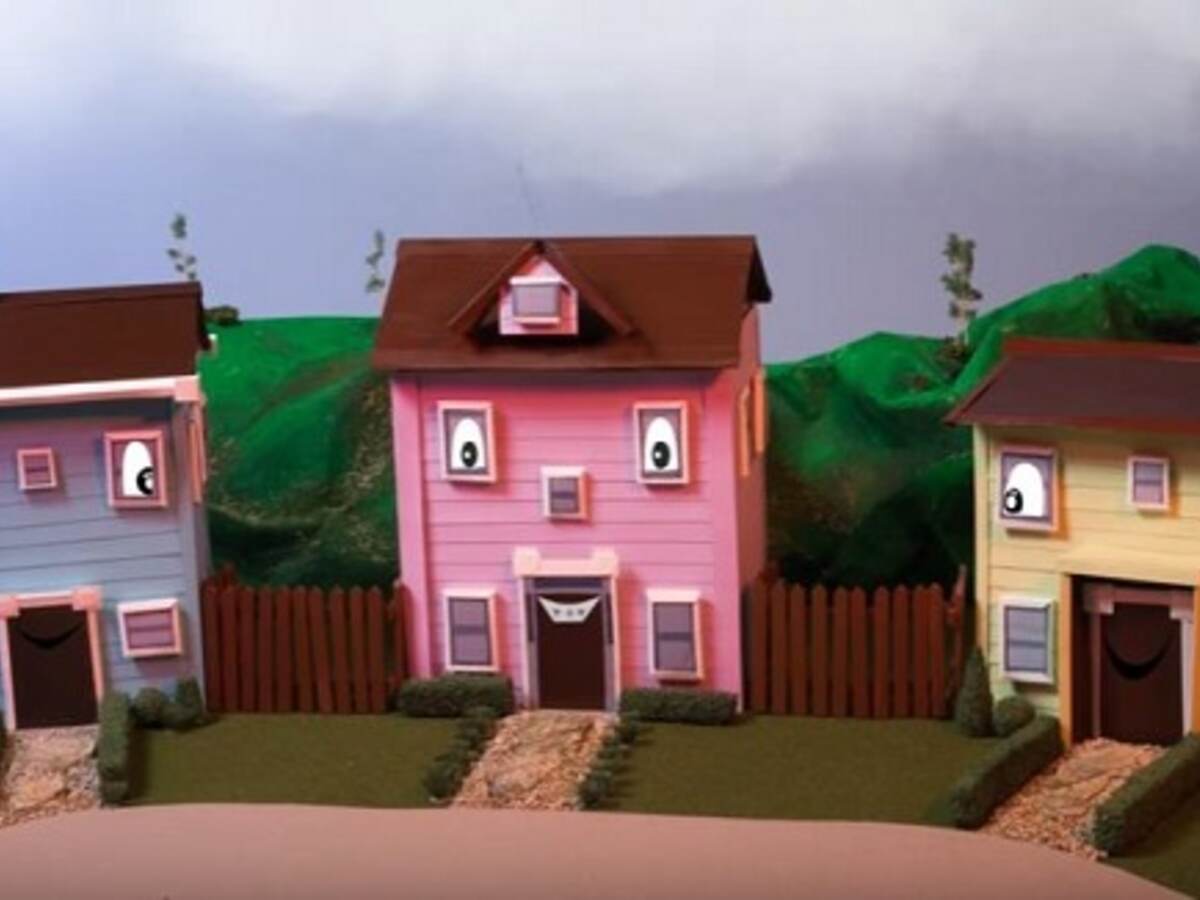January 10, 2017
Forty years ago, a person had an average of 17 minutes after the activation of a smoke alarm to escape a blaze. Today, the average escape window is reduced considerably—to a mere three minutes or less—because of an increase in synthetic construction materials, home furnishings, and contemporary layouts.
UL’s Firefighter Safety Research Institute (FSRI) studies help increase a firefighter’s tactical knowledge of fire science, while at the same time decreasing injuries and deaths related to fires that occur within the community.
As part of its ongoing research, FSRI began to analyze how doors and windows affect a fire spread. This fire research shows that just by closing doors a room’s temperature can drop considerably, helping to prevent smoke and debris from entering. This increases the time needed for help to arrive. UL FSRI discovered the temperature within an open-door room can reach over 1,000 degrees Fahrenheit, while the temperature in a room with a closed lightweight door drops considerably—down to as low as 100 degrees. The door acts as a layer between the victim and the fire minimizing the spread of toxic black smoke.
Additionally, a closed door helps limit the flow of oxygen, which can slow fire growth and keep it from spreading as quickly. Residents exiting a house fire are encouraged to close doors on the way out to help ease the fire’s acceleration and buy several minutes, which increases the likelihood of getting to safety.
Getting the message out
Based on insights from this research, FSRI created its “Close the Door” public safety campaign to encourage behavior change and save more lives. A customized website provides an animated music video PSA; downloadable resources to develop a fire safety plan; news clips showing exactly why a closed door works; and a social media campaign using the hashtag #Firesafety. It also asks visitors to “take a pledge” promising keep doors closed at night.
“UL FSRI has a fire safety message that is critical for the public and our goal is to share it in a modern, meaningful and effective way,” says UL FSRI’s Director, Steve Kerber. “We wanted to reach families but our primary influencer is the fire service because they will bring the Close Your Door message to their communities.”
Moving forward in 2017, UL FSRI will provide more educational tools including visual components and virtual reality simulators. It is the hope of UL FSRI that “Close Your Door” becomes the “Stop, Drop and Roll” for a new generation.
More information on UL’s Firefighter Safety Research Institute and the Close Your Door campaign can be found on ulfirefightersafety.com.
Visitors to closeyourdoor.org can learn about fire safety, watch the music video created by UL FSRI (also available http://s.ul.com/2hmZyvU) and join the Closed Door Crew, by taking the pledge to close their and/or their child’s door before they go to sleep.

